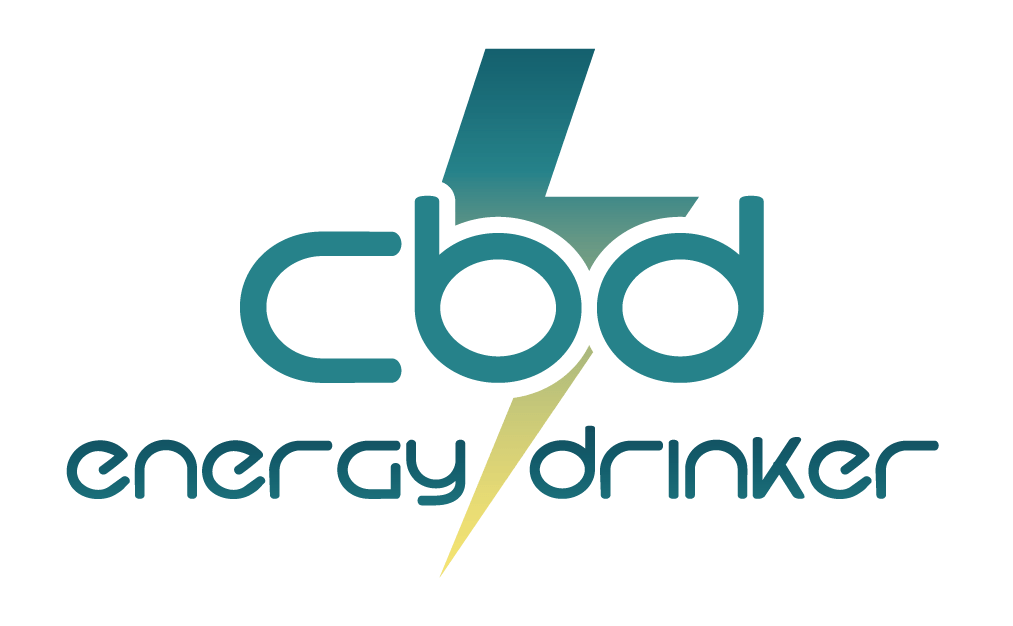For two decades, “energy” meant neon cans, big caffeine numbers, and a sugar rush that sometimes ended in jitters. In 2025, the label is being rewritten by “wellness energy”—drinks that promise steadier focus, mood balance, and physical recovery as much as stimulation. They borrow tools from sports nutrition and holistic health—electrolytes, nootropics, mushrooms, adaptogens, and even cannabinoids—to deliver a smoother lift.
Why the pivot? First, consumers are voting for function beyond buzz. The global functional-beverage market is expanding toward roughly $225 billion by 2030, with growth propelled by products that hydrate, support the gut, and reduce stress—not just caffeinate. Second, scrutiny of caffeine is rising, and with it, a desire for “clean energy.” The U.S. FDA pegs a typical energy drink anywhere from ~54 mg to more than 300 mg of caffeine per 16 oz and reminds consumers to watch total intake across ingredients like guarana. Wellness-leaning brands respond by pairing moderate caffeine with compounds aimed at cognitive clarity or calm or by offering caffeine-free SKUs altogether.
The most visible bridge between old and new is the “better-for-you” energy wave headlined by Celsius, Alani Nu, and Ghost. In convenience stores, Celsius posted triple-digit growth in the past year, signaling how zero-sugar, vitamin-fortified formulas aligned with fitness culture are winning space in the cold case. Celsius’s bet on wellness-minded women—underscored by its 2025 acquisition of Alani Nu—shows the category broadening beyond its historically male base.
Running parallel is the adaptogen boom. Drinks with ashwagandha, rhodiola, reishi, and tulsi pitch “adaptation” to stress rather than a blunt jolt. Analysts project North American adaptogenic beverages to grow at roughly an 8% CAGR through 2030, with ashwagandha leading share by ingredient—evidence that shoppers are actively seeking calmer, more balanced energy. This is where the “Relax Bull” idea takes shape: products that temper arousal with composure, aiming for a focused, non-anxious state.
Nootropic drinks are another frontier, promising cognitive support via L-theanine, choline donors, or mushroom extracts. Market researchers forecast mid-teens CAGR through the next decade for nootropic and cognitive-health beverages, indicating sustained demand for brain-boosting formats that don’t rely solely on caffeine.
The cannabinoid lane rounds out the wellness-energy map. While CBD isn’t a stimulant, many brands position CBD-infused waters and seltzers for “calm energy,” stress modulation, and post-workout recovery—sometimes combined with green tea or B-vitamins. Forecasts call for high-teens to mid-20s CAGR for CBD beverages through the early 2030s, as regulations clarify and distribution widens.
What does this mean for product design? Three patterns are emerging:
- Stacking and synergy. Brands are pairing moderate caffeine (often 100–200 mg) with L-theanine, electrolytes, and adaptogens to soften edges and lengthen the curve. That responsive formulation aligns with FDA guidance to know total caffeine exposure across all sources.
- Occasion-based SKUs. Beyond pre-workout, companies are launching “focus,” “social,” “recovery,” and “PM” lines. The shift acknowledges that consumers want energy suited to context—studying at 2 p.m. isn’t the same as lifting at 6 a.m.
- Sugar discipline. Zero-sugar or low-glycemic sweeteners dominate this cohort, syncing with the broader functional-beverage thesis that energy should perform without the crash.
For incumbents, the lesson is clear: energy is no longer a monolith defined by maximum caffeine. For upstarts, the opportunity is to own precise occasions with transparent labels, clinically literate claims, and flavors that feel more spa than stadium. The next decade of “energy” will be graded not only by how fast a can makes you move—but by how well you function after you drink it.
